Chi Lang Pass is dangerous and looks like it is in the sky.
With an area of nearly 700km2, Chi Lang lies in a basin with majestic beauty surrounded by limestone mountains: Kai Kinh in the West and Bao Dai - Thai Hoa mountain range in the East. At both ends of the pass, there are towering independent limestone mountains creating a dangerous position. Here, the Thuong River flows through, the fields and gardens are green all year round, and the villages are prosperous. This land is where ethnic groups such as Tay, Nung, Kinh and other ethnic groups live, fight, and protect together, creating the heroic land of Chi Lang with layers of history and layers of achievements.
Chi Lang has a rugged terrain, majestic natural scenery, and mountains, located on the main road connecting the Asia-Europe international transport route, with an important geostrategic position in terms of economy, culture, diplomacy , and national security and defense. Chi Lang is the most dangerous pass on the main road from Nam Quan to Thang Long. “Chi Lang Pass is dangerous as if it were leaning against the sky” (Chi Lang Pass is dangerous as if it were leaning against the sky. Chi Lang Pass is a small, oval-shaped valley, narrowing at both the north and south ends, almost closed. Chi Lang Pass is about 4km long, and the widest point is over 1km. In the past, thanks to its unique terrain with high mountain ranges and trees, Chi Lang Pass created a dangerous formation and became a wall to protect the ancient Thang Long citadel from invasions by northern invaders. Chinese historical books during the Jin Dynasty acknowledged the danger of Chi Lang Pass, saying that “Nine out of ten people who pass through Quy Mon Quan (Chi Lang Pass) do not return.”
Chi Lang Pass relic site is located about 150km from Hanoi , in Chi Lang district. In the past, this was the pass of Khau On town, Lang Son and marked many historical battles, preserving many heroic feats for the country. Now the pass is 20km long, 3km wide and is the connecting point between Chi Lang and Huu Lung districts of Lang Son.
Chi Lang historical relic site is a narrow valley, sandwiched between the two mountain ranges of Bao Dai and Cai Kinh, which is a place to demonstrate the military strategy and art of our ancestors in history, with ingenious tactical thinking, the ability to utilize/take full advantage of the terrain and terrain, contributing to the victory of the battles. By combining military attacks with diversions, enemy manipulation, combining and successfully applying the tactical forms: ambush, raid, pursuit, siege, and battlefield operations in the Chi Lang battle, it marked a remarkable step forward in the military art of the Lam Son insurgents, contributing decisively to the victory of the resistance war against the Ming.
Chi Lang Victory Exhibition House meets the research, sightseeing and learning needs of all classes of people, especially young people. (Photo: Bao Mi) |
Chi Lang marks the heroic pages of the nation's history with layers of history, layers of victories of our ancestors with 2 resistance wars against the Song (in 981 and 1077), 2 resistance wars against the invading Yuan army (in 1285 and 1287), the resistance war against the Manchu invaders (in 1788 - 1789), to the resistance war against French colonialism and American imperialism (typically the Hoang Dinh Kinh uprising in 1882 - 1888, female guerrilla Quang Lang shot down an American plane). Historically, this is the place where strategic battles in Vietnam's military history continuously took place, the peak of which was the victory of Chi Lang in 1427, when our army and people achieved a resounding victory, destroying the reinforcement army of more than 100,000 Ming troops commanded by Lieu Thang, contributing to ending the long-term resistance war, overthrowing the Ming Dynasty's domination, and completely regaining the country.
The Chi Lang victory has entered the history of Vietnam as a brilliant milestone, along with the victories of Bach Dang, Nhu Nguyet, Rach Gam, Xoai Mut, Ngoc Hoi - Dong Da, Dien Bien Phu, Ho Chi Minh Campaign... The history of this border area is associated with many heroes such as Tran Quoc Tuan, Ly Thuong Kiet, Hoang Dai Hue...
With a length of nearly 20km, Chi Lang Pass was certified as a national historical relic in 1962. The victory of Chi Lang is a heroic song about patriotism, the will of independence, the strength of national unity, the spirit of determination to fight and win, and the excellent military art of our nation. With such important historical values, on April 28, 1962, the relic site was ranked as a national relic by the Ministry of Culture (now the Ministry of Culture, Sports and Tourism) in the first phase according to Decision No. 315/QD-BVH; Chi Lang was awarded the title "Hero of the People's Armed Forces" by the President; in 2019, the relic site was ranked as a special national relic according to Decision No. 1954/QD-TTg, dated December 31, 2019 of the Prime Minister - affirming the important position of the relic site in the treasure trove of Vietnamese national cultural heritage.
Honoring the historical values and traditions of the nation in fighting against foreign invaders
With its rugged terrain and massive scale, Chi Lang Pass has long been considered a wall protecting Thang Long from invasions from the northern countries. Today, this relic is preserved and has become a destination for many tourists in Lang Son.
Coming to Ai Chi Lang, people and tourists can explore the "Largest outdoor historical museum" with 52 relic sites, of which 46 are intact and 6 have been lost. Relic sites such as: Kai Kinh Citadel, Quan Am Bridge, Tay Ngai Mountain are relics from the period of fighting against French colonialism. In the Dong Bang area, there are places such as: Ban Co Mountain, Pho Sat, Lan Ba Tai, Cung Market... which are the bases of all battles in Chi Lang in history. In addition, there are also relic sites such as: Citadel Luy, Luy Ngo The, Citadel Kho, Ma Yen Swamp (where the enemy general Lieu Thang was killed)... To the north of the central area are magnificent military structures built by our ancestors. These are trapezoidal ramparts, connected to the mountains blocking the valley. From West to East, Na Nong mountain, Ma San mountain and the relics of Thanh Ngan, Dau Dong Quan, Vuc Ai, Bai Hao...
In particular, Devil's Face Mountain is not only a fascinating natural site but also a witness to the heroic history of the Vietnamese people. This pass has been used many times as a base for our army and people to defeat foreign invaders. This place is also a symbol of the resilience and indomitability of the Vietnamese people. The image of the demon opening its mouth to swallow the invaders is a strong warning to the enemy. In the eyes of the local people, Devil's Face Mountain is not a ferocious demon but a god who protects the country. People believe that Devil's Face Mountain will always protect the villagers from danger.
Devil's Face Mountain is not only a fascinating natural site but also a witness to the heroic history of the Vietnamese people. (Photo: Bao Mi) |
In addition, there is also the Chi Lang Victory Exhibition House built in 2002, next to the new National Highway 1A Lang Son - Hanoi, at the foot of Phuong Hoang Mountain, in Quan Thanh village, Chi Lang commune, Chi Lang district. The exhibition system has recreated the history of our ancestors' resistance wars against foreign invaders that took place on the heroic land of Chi Lang, the peak of which was the Chi Lang - Xuong Giang battle (in 1427), the victory over the invading Ming army. Through a rich and vivid system of documents, images, and artifacts, along with a system of majestic monuments in the Chi Lang historical relic complex, it meets the needs of research, sightseeing, and learning of all classes of people. The monumental campus and the Chi Lang Victory Exhibition House are beautiful and meaningful cultural works, increasingly attracting a large number of visitors from near and far.
According to Lang Son Tourism Promotion Information Center, in order to build Chi Lang Historical Relic Site into an attractive destination, attracting a large number of domestic and foreign visitors, Lang Son province has established the "Project on Construction and Development of Chi Lang Historical Relic Site, Chi Lang District, Lang Son Province by 2025, with a vision to 2035" with the goal of "Building the Relic Site into a typical historical - cultural - spiritual educational space of the province", with a scale and significance of the victory of the Vietnamese people, combined with building it into a central and dynamic tourist destination of Lang Son province connecting with tourist areas and destinations in the province and the region; Protecting, preserving, clarifying and enriching the tangible and intangible cultural values of the entire Relic Site; honoring the historical values and traditions of fighting against foreign invaders of the nation. Taking the value of the relic site as a driving force to achieve socio-economic development goals and vice versa, socio-economic development is a resource to preserve and restore relics.
Bao Mi


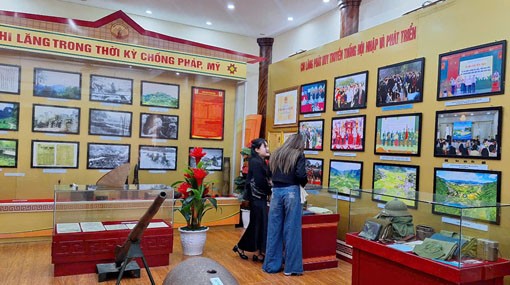
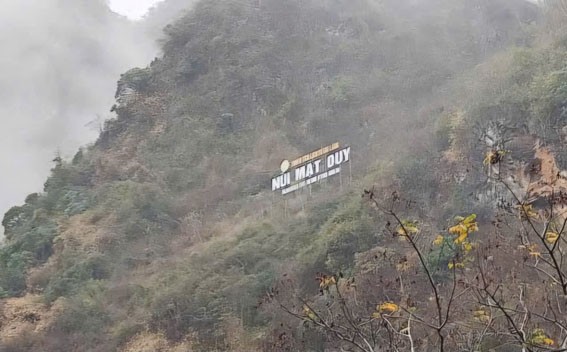








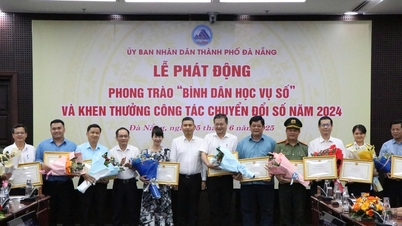














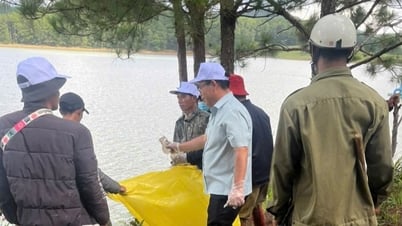


















































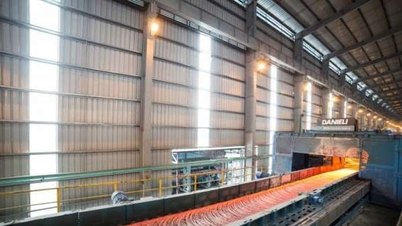
















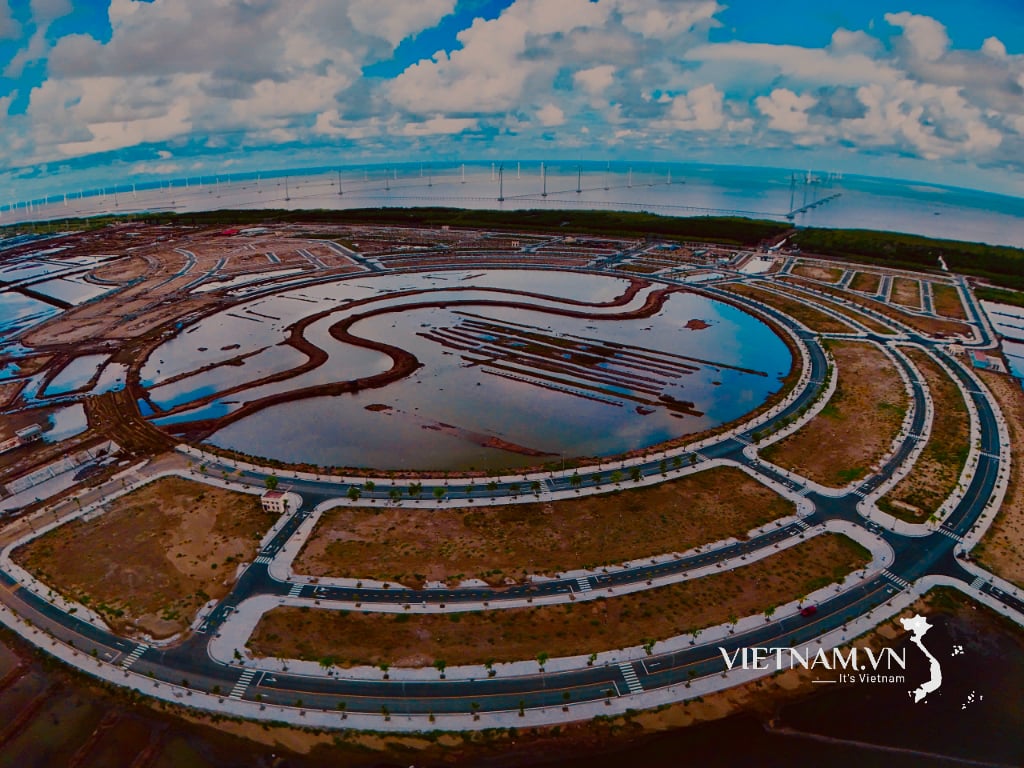
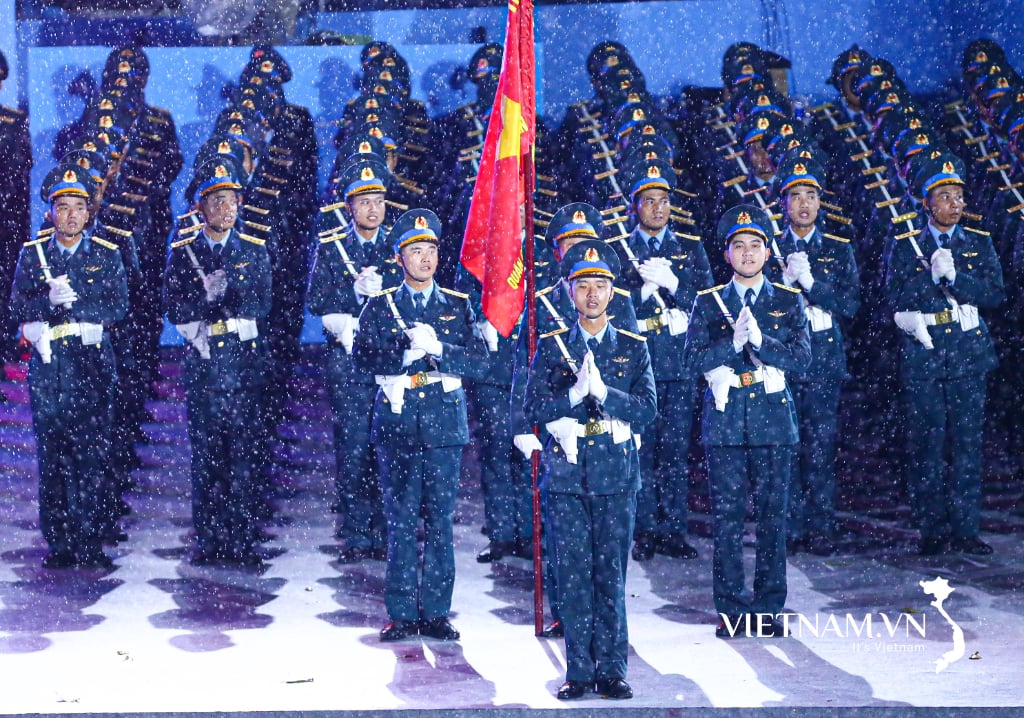
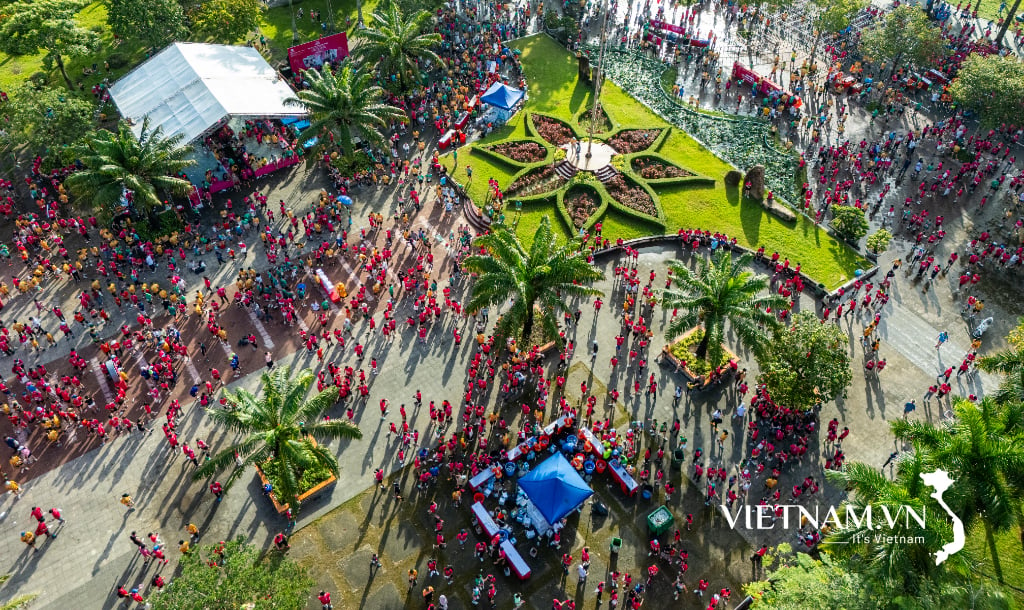
Comment (0)